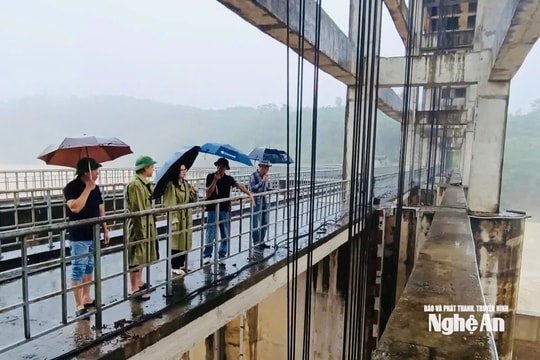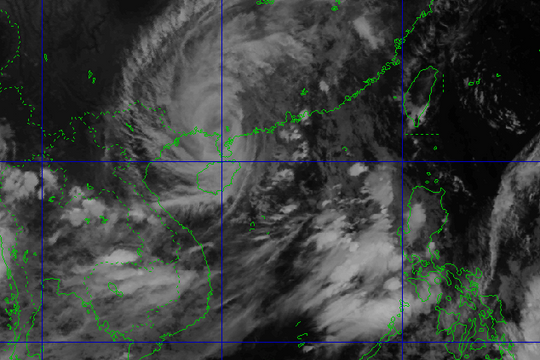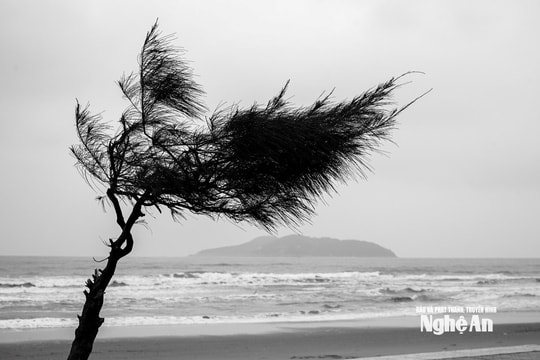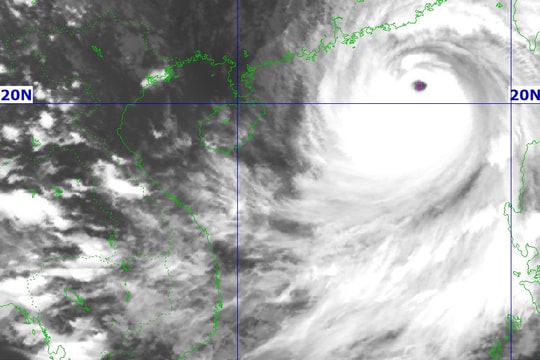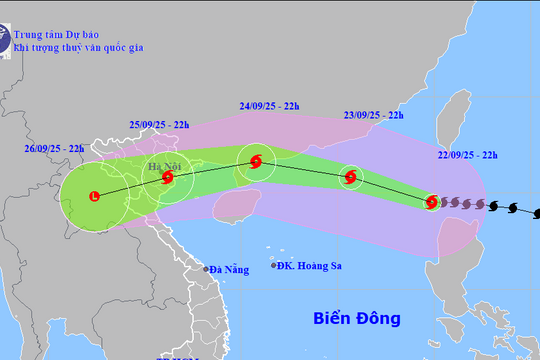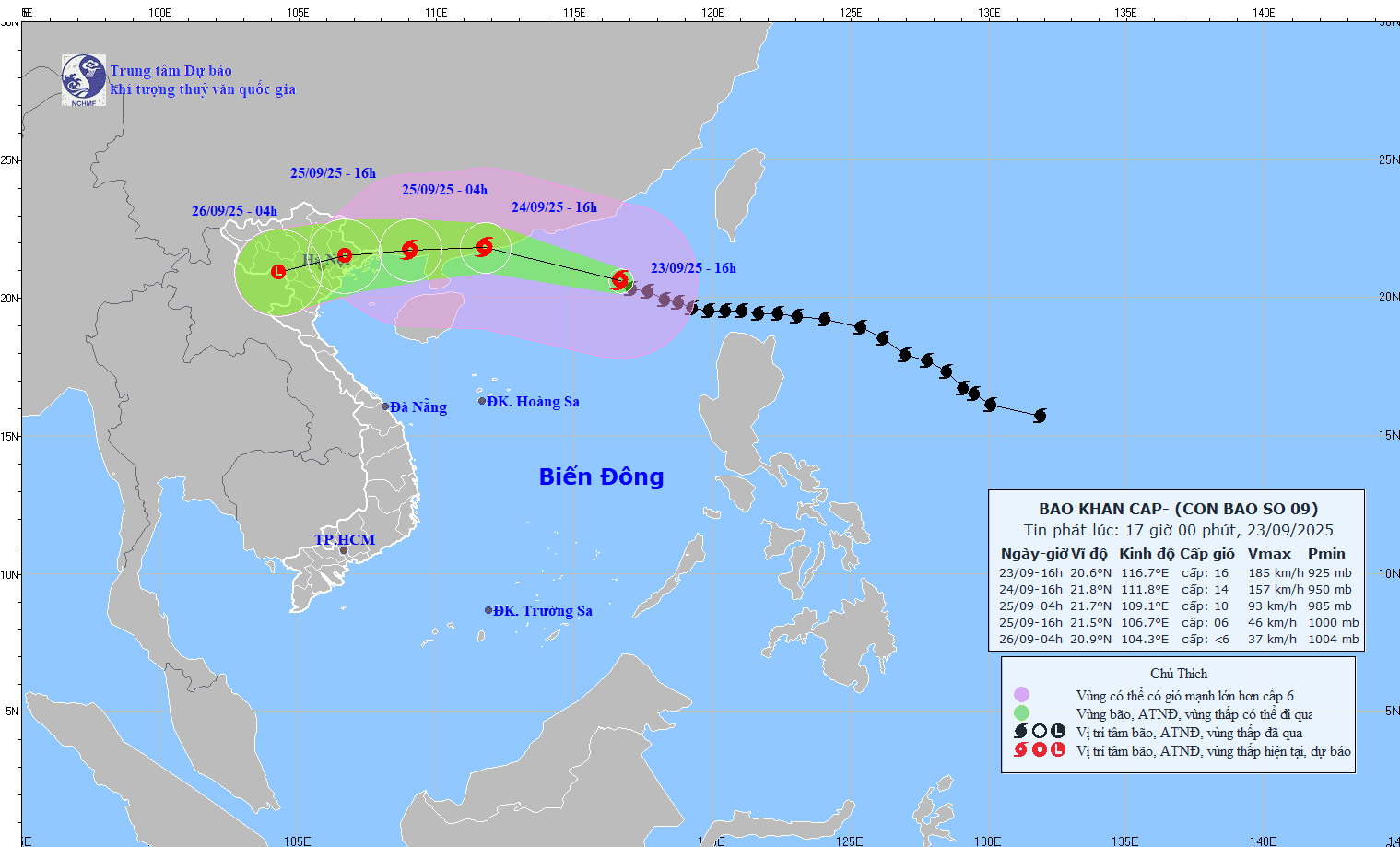American scientist's idea to destroy super typhoons with nuclear bombs
Meteorologist Jack W. Reed once proposed the idea of repelling hurricanes with the terrible power of nuclear weapons.
Hurricane Harvey, a Category 4 storm, made landfall in Texas on August 25, the strongest storm to hit the US in 12 years, bringing heavy rain and strong winds that destroyed many homes and killed at least 30 people. Previously, super typhoon Hato made landfall in China on August 23 with winds of up to 162km/h, also destroying homes and taking the lives of many people.
Witnessing the destructive power of super typhoons, many scientists throughout history have come up with ideas to combat this extreme weather phenomenon. 60 years ago, American meteorologist Jack W. Reed proposed the solution of using nuclear bombs to actively attack and repel storms.
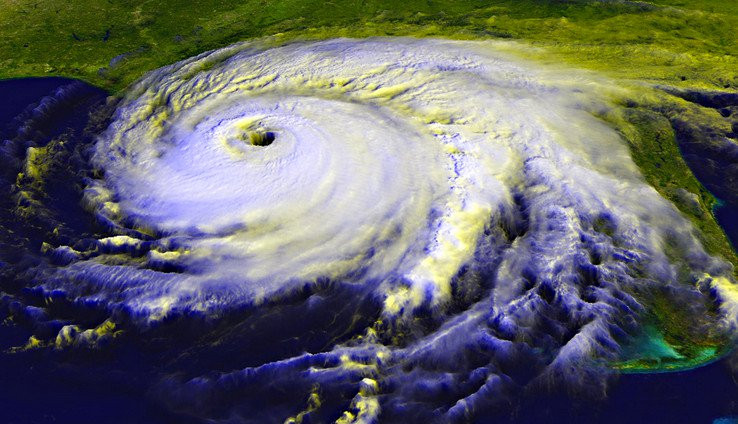 |
| Storms cause terrible damage to people. |
The late 1950s and early 1960s were the height of the Cold War, when humanity began to realize the terrible destructive power of nuclear weapons and fear them.
To change the public's perception that nuclear bombs were just scary weapons of mass destruction, in 1958, the US decided to carry out the Plowshare project to use nuclear power for peaceful purposes.
Under Project Plowshare, American scientists were tasked with finding peaceful uses for the nuclear bomb. The project explored ways to use the bomb for tunneling, geological research, and energy production. The White House also conducted several nuclear explosions for the project.
Project managers also received many proposals for using nuclear bombs for peaceful purposes, including a daring project to "attack hurricanes with nuclear weapons" by young meteorologist Reed.
Reed was a meteorologist in the US Air Force during the final stages of World War II. He served in the Philippines in 1946 and flew eight typhoon missions in B-29s. The power of typhoons left a deep impression on Reed.
He later joined the nuclear testing program and studied the weather effects of nuclear explosions. During his time there, he conceived the idea of using nuclear power to disperse hurricanes.
His initial idea was simply to use nuclear bombs to weaken and change the path of hurricanes. To achieve this, he suggested detonating the nuclear weapon in mid-air, just outside the eye of the hurricane.
"Such a blast could significantly affect the horizontal circulation of the storm for at least 15 minutes. If it were to be detonated on one side or two blasts on opposite sides, it could significantly unbalance the circulation of the storm," Reed wrote in his proposal to the Plowshare council.
But that was just Reed’s initial proposal. What he really wanted was to drop a nuclear bomb right in the center of the hurricane. According to Reed, the eye of the hurricane is about 10 degrees warmer than the rest of the hurricane. “The megaton explosion in the eye would envelop and carry a large amount of hot air out of the center of the hurricane into the stratosphere,” he said.
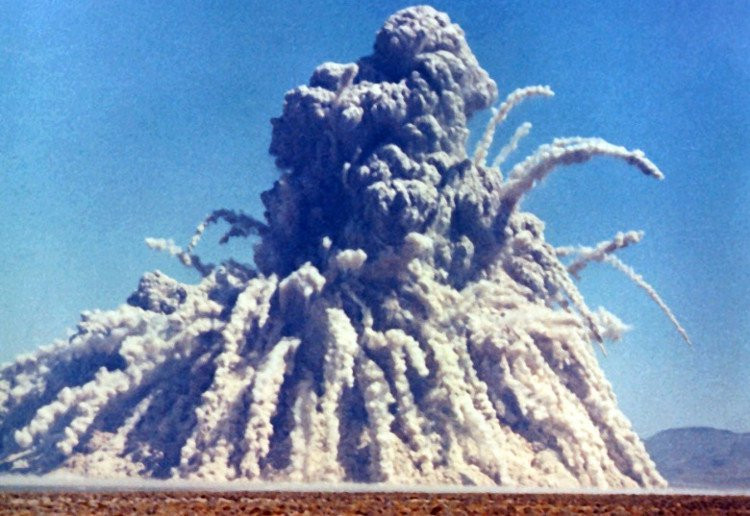 |
| Project Plowshare uses nuclear bombs for peaceful purposes. |
Heated by the enormous heat from the nuclear explosion, the air mass at the center of the storm will rise, pulling the hot air in the eye with it. Colder air at the edges of the storm will rush in to fill this gap and slow or even stop the storm.
As for how to get a nuclear bomb into the eye of a hurricane, Reed wrote: "Transportation is no problem. Dropping from above is perfectly feasible."
However, he also proposed a more suitable way to deliver a nuclear weapon: using a submarine. "It would penetrate the eye of the storm underwater at least a day in advance and collect as much data as possible before launching the nuclear missile." Either way, Reed said a nuclear weapon with the explosive power of 20 megatons of TNT would be enough to affect the storm.
Reed first proposed the idea in 1956 and wanted to incorporate it into the International Geophysical Year, a scientific collaboration between 67 countries around the world. Reed's proposal was rejected, but he was not discouraged. He resubmitted his idea to Plowshare in 1959 and was rejected again.
“Nuclearing a hurricane is not the way to go,” said Dennis Feltgen of the National Oceanic and Atmospheric Administration. Randall Munroe, a former programmer at NASA, also disagrees.
Chris Landsea of the US National Hurricane Center explains why Reed's idea is completely impossible is the difficulty in assessing the amount of energy a nuclear bomb would need to alter a hurricane.
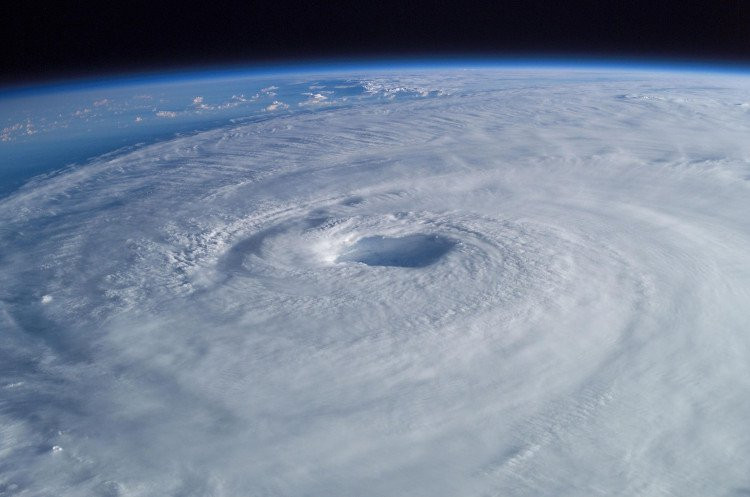 |
| Jack W. Reed wanted to drop a nuclear bomb into the eye of a hurricane. |
A fully developed hurricane can release 5 to 20 times the thermal energy of 1013 W and convert less than 10% of that heat into wind energy. This is many times more energy than a nuclear bomb. According to the 1993 World Yearbook, humanity used 1013 W of energy in 1990, which is only 20% of the energy of a super typhoon.
Despite Reed’s calculations, Landsea argues that most tropical storms are more powerful than nuclear weapons. Not to mention the aftermath of the explosion, as the fallout from a nuclear explosion can be devastating.
Reed wasn't worried about fallout. "The cleanup equipment would minimize the amount of radioactive fallout in the air. A high-altitude explosion would not leave much radioactive fallout. The clouds would be above the storm, so they would not rain down radioactive material," Reed wrote in his 1959 proposal.
Reed died in 2007. He continued his project until 2004. However, most scientists believe that fighting nature with nuclear bombs is not a good idea.
According to Khoahoc.tv
| RELATED NEWS |
|---|

